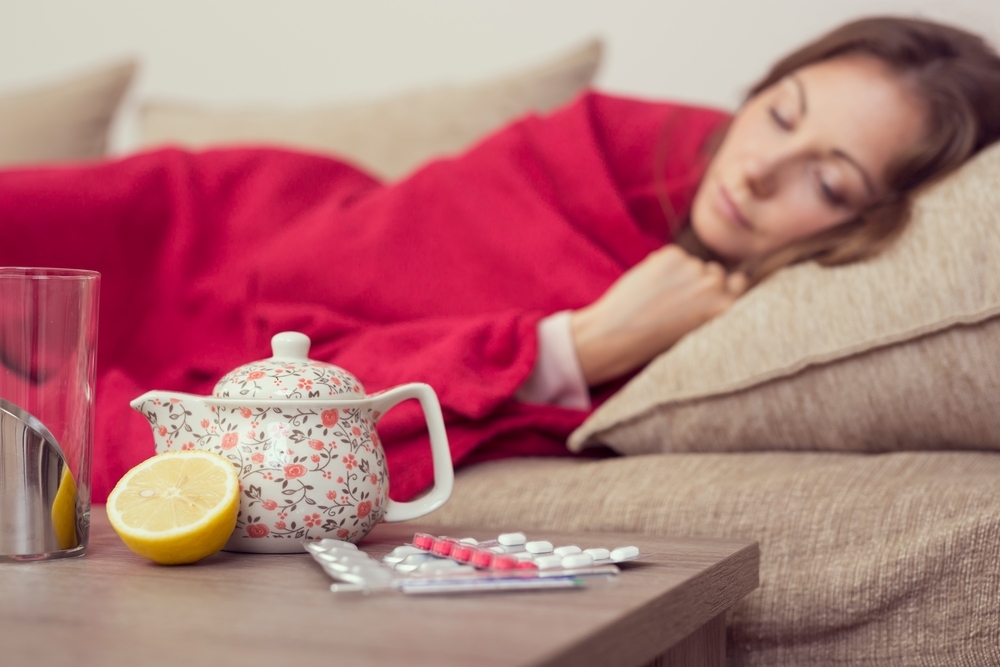By now most of us know: pretty = healthy. If you want pretty skin, you need to make sure we have a fully stocked beauty arsenal. If you want a rock solid body, you better make sure you’re hitting the gym and not the vending machine. If you want shampoo commercial hair, you need to make sure the hot oil treatment is on hand. The same goes for our eyes. If you want to keep those peepers clear and gorgeous, you need to keep them healthy; the only question is, how do you know whether your giving them the care they need? It might surprise you to know that there may be a few things you’re doing that are actually hurting those pretty eyes, and here are some of them. Read on to learn what not to do if you want to keep your eyes healthy for a good long time.
Sleeping in Contacts
If you heard about the woman whose eye examination revealed 27 contact lenses in her eyes, you probably know that sleeping in contacts is not such a great idea. While there are two types of contacts that the FDA has approved for overnight wear, New York optometrist, Deeba Chaudri warns that even these can be risky. According to a study by the American Academy of Ophthamology, the risk of developing a corneal ulcer is multiplied by 10 or 15 times in extended wear contact lens users, compared to those who wear contacts only during the day.
Don’t Rub Your Eyes
Your mama always told you not to do it. The professionals concur. Says Chaudri, “Sometimes your eyes itch and you have to rub, but it’s best to keep the lid closed and only touch the outside of the eye.” Rubbing your eyes too hard can lead to inflammation and broken blood vessels, not to mention, eyes are a breeding ground of bacteria, so, “If you shake someone’s hand and then you rub your eyes, you’re transmitting those germs and there’s a good chance you can catch whatever cold he’s got.”
Get Annual Eye Exams
Even if your vision is 20/20, you should still see an eye doctor once a year. Chaudri says, “It’s about getting your overall eye health checked out: There are no pain receptors behind the eye, so if you have a broken blood vessel or a tumor back there, you would otherwise not know it until it starts to interfere with your vision, or worse.”
Staring At Devices
Looking at phones and computers is a tough habit to break, but focusing on anything for too long a time can cause eye strain and headaches. Chaudri advises following the 20-20 rule. For every 20 minutes looking at the screen, take a 20 second break, look into the distance, focus your eyes on something else, and make a conscientious effort to blink, you may have been staring for a long time without realizing it.
Applying Eyeliner to the Waterline
Even though the look may pop up in a few fashion magazines, applying liner to the inside of the lower lashes can come with a risk. According to Chaudri, “When you put liner inside your eye, you’re mixing it with your tears.” If you have contacts in, your lenses can get coated with makeup particles that prevent your eyes from getting ample amounts of oxygen. If you’re not wearing contacts, those makeup particles can bring infection causing germs into your eyes. Liquid liners are the worst offenders because the applicator tube can harbor bacteria. Soft pencils are safer because they are continually being worn down to expose a new tip.
What are you doing to keep your eyes healthy and beautiful? Let us know what healthy eye tips you swear by.

















